Snack Food Reliable inspection to ensure product quality and safety.
Snack Food Inspection
Over 90% of adults in America report consuming one or more snacks every day. From candies to crackers, fruits to nuts, chocolates, cheese, crisps, or chickpeas, contaminant inspection systems improve product safety, ensure operational efficiency, and protect brand integrity.
CASSEL Inspection understands the unique challenges facing snack food manufacturers and provides customized inspection system solutions suitable for any stage of production.
From raw ingredients on their way into a production facility to packaged products on their way out, physical contaminant inspection systems help ensure quality and safety, while avoiding the financial and reputational impacts of a product recall.
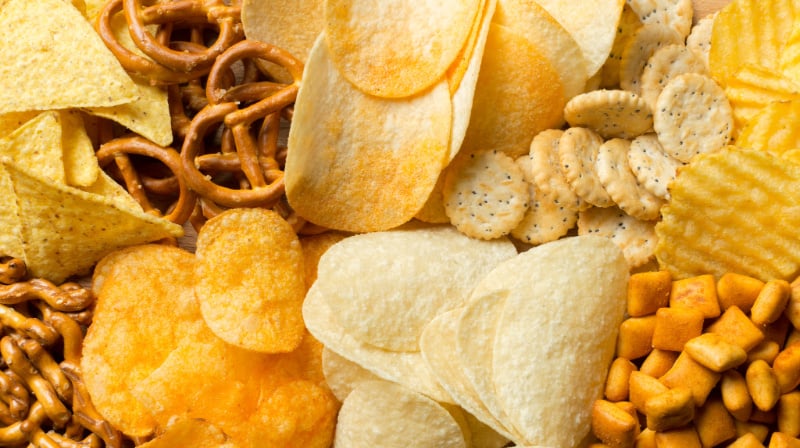
Snack Food Inspection: Why Do Brands Need It?
Market analysts expect the global snack food volume to grow by 4.1% in 2025 and exceed 44 billion kilograms by 2028 (Statista).
Contaminant inspection systems provide snack food manufacturers with several critical benefits, including:
- Confirming product quality
- Ensuring consumer safety
- Maintaining regulatory compliance
- Improving cost efficiency
- Protecting brand reputation
Snack foods present a uniquely broad range of threats when it comes to contaminant detection: varying product sizes, shapes, densities, packaging materials, and production volumes, to name a few. Advanced inspection systems mitigate risk by minimizing product effects and providing consistent, reliable contaminant identification.

How is Metal Detection Used in the Snack Food Industry?
Metal detectors are versatile tools that fit seamlessly into virtually any stage of a production process. Ideally, metal detection is used at several critical control points to provide initial, ongoing, and final safety checks.
- Incoming bulk ingredients should be inspected to confirm raw materials are free of foreign materials introduced during harvesting, storage, or shipping to the processing facility.
- Production line inspections eliminate material contamination during processing steps such as measuring, mixing, cooking, and packaging.
- Packaged product inspection provides a final check that ensures maximum safety and quality before products leave the processing facility.

Bulk Ingredient Inspection
Snack food manufacturers can use specially configured metal detectors to inspect bulk raw materials such as grains, vegetables, nuts, dried fruits, and spices.
- A gravity feed metal detector, also called a drop-through metal detector, can inspect flour, sugar, or other free-flowing powders exiting a storage hopper and reject any material containing metal contaminants.
- Conveyor belt metal detectors can be designed to accommodate two- to four-foot-wide belts with material stacked up to five inches high.
Advanced metal detection systems may be tailored to meet production volume needs, but it’s important to note: less product moving through the detector allows for higher sensitivity inspection.
Learn more about how conveyor belt metal detectors and gravity-feed metal detectors work to reduce contaminants in bulk ingredients.
Snack Foods Pump Feed Inspection
Pump feed metal detection is ideal for snack food fillings, frostings, and other fluid products such as milk, condiments, chocolate, nut butters, fruit, oils, syrups, vegetable purees and candy mixtures.
Manufacturers working with low- and high-viscosity materials at temperatures up to 203°F (95°C) can utilize customized pipeline or pump feed metal detectors readily adaptable to common piping systems. These unique systems continuously test products moving through the pipeline and remove contaminated material using a rapid-response ejection mechanism, saving money and resources otherwise lost to rework and packaging for products rejected later in the process.
Interested in how pump feed inspection works on fluid products in motion? See the key product details now.
Final Inspection
Physical contaminant inspection after packaging is essential for identifying any foreign material contamination that occurred during processing. This final inspection ensures the effectiveness of your safety and quality control procedures and verifies that the products leaving your facility are free from physical contaminants.
Looking for impurities in finished packages? A conveyor belt inspection machine might be a perfect choice.
Metal Detectors for the Snack Food Industry
CASSEL Inspection delivers tailored inspection solutions for snack food manufacturers, ensuring product quality and consumer safety at every production stage, from raw ingredients to final packaging. This helps prevent costly recalls and protects brand reputation.
In addition, CASSEL offers a variety of metal detection inspection systems for practically every application and industry. Discover our portfolio of advanced inspection systems designed to improve manufacturer's quality assurance protocol.
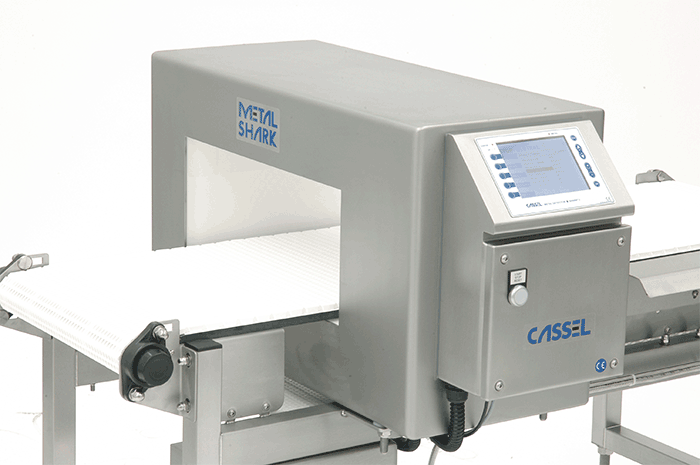
How Is X-ray Inspection Used in Snack Food Manufacturing?
X-ray inspection provides solutions to several challenges unique to snack food production.
Snack food plants, like almonds, undergo minimal processing from field to shelf. Nuts can be conveyed through an X-ray system in a one- or two-inch layer to isolate stones, rocks, glass, or other field-related contaminants.
Additionally, snack foods are commonly packaged in metalized films: a thin layer of metal bonded to a packaging film. While ideal for extending shelf life and enhancing product appearance, metalized films interfere with metal detection systems, making X-ray ideal for reliable inspection of common snack food packages.
X-ray is also commonly used as a final check for contamination of secondary packaging as well. For example, a large box of individually-sized packages. A bolt that has fallen into a carton of smaller packages doesn’t pose a health risk to consumers but it could adversely affect brand reputation.
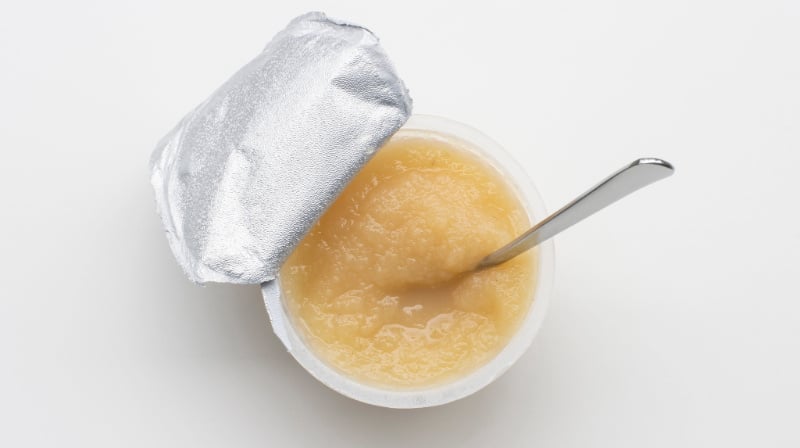
Raw Ingredients
Root crops such as peanuts, as well as pistachios, almonds, and other tree nuts are snack food products which are highly susceptible to contamination from the field. Additionally, contamination can occur at many points in production. For example, physical contaminants may be introduced by harvesting equipment, holding and shipping containers, or packaging systems.
X-ray inspection can isolate hazardous contaminants, including metal, stone, glass, ceramic, and plastic. Eliminating foreign materials before they enter the production stream ensures finished product safety, minimizes downtime by preventing equipment damage, and improves cost efficiency by eliminating costs associated with finished product rejection (e.g., wasted production time, ingredients, packaging materials, rework, etc.).
Bulk Ingredients
X-ray systems designed for bulk ingredients enable snack food manufacturers to inspect high volumes of bulk flow materials like peanuts, almonds, seeds, chips, flakes, dried fruits, and candies for contaminants such as pebbles, rocks, glass, and metal.
Confirm Product Packaging
Besides detecting and removing contaminated products, X-ray inspection can also ensure quality and consistency by confirming product packaging.
Customized programming enables snack food manufacturers to identify variations within a package, verify item counts, indicate broken or damaged items, or detect underfilled products.
X-ray Inspection Equipment for the Snack Food Industry
As with our metal detection systems, CASSEL Inspection has X-ray systems for a variety of applications and industries. Discover our X-ray inspection portfolio, all designed to take your quality assurance protocol to the next level.
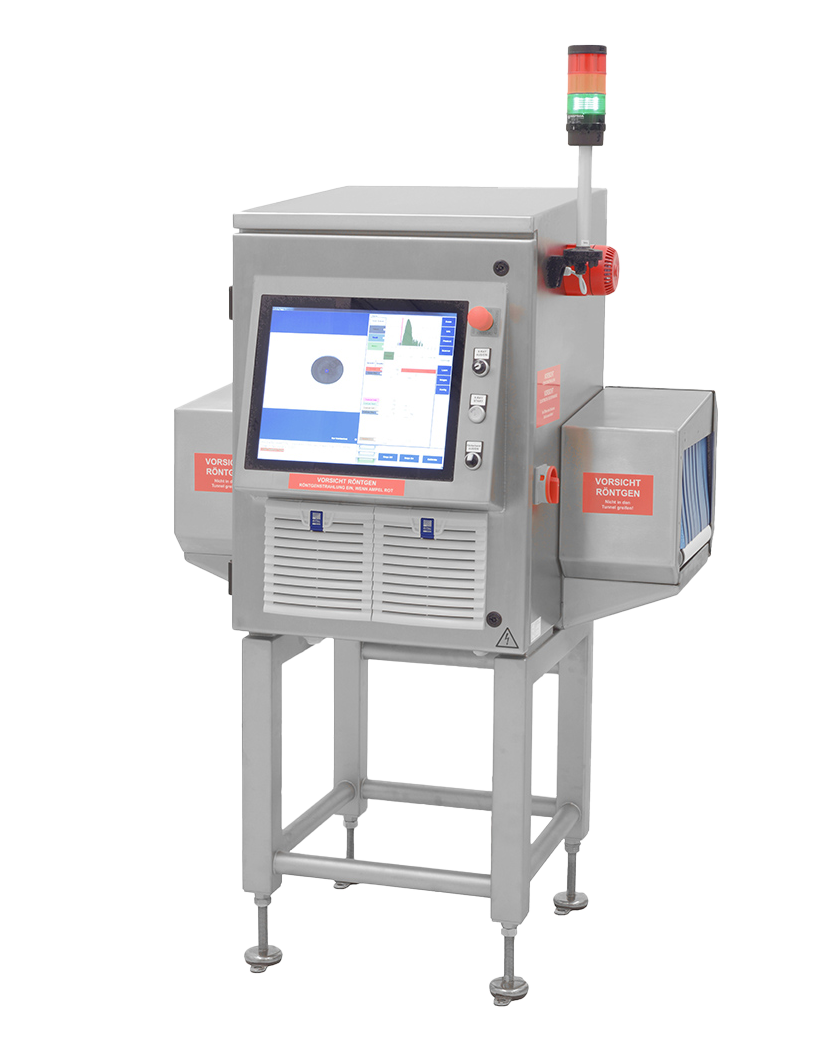
How Are Checkweighers Used in the Snack Food Industry?
Checkweighers are inline systems for continuously measuring the weights of packaged products and rejecting any packages that are outside of a specified weight range. Checkweighers are critical compliance assurance tools as they remove underweight products that could trigger FDA action for mislabeling. Checkweighers also protect manufacturers from costly giveaway by removing overfilled packages.
Rejecting an underweight package of crackers, for example, could indicate that one or more crackers are missing, or that one or more cracker sandwiches are underfilled.
Similarly, rejecting packages of chocolate-covered raisins could indicate a problem with piece count or an issue with coating volume.
Checkweighers also ensure secondary packaging quality. An underweight rejection could indicate too few packages in the container, while an overweight rejection could indicate too many packages or the presence of a foreign object.
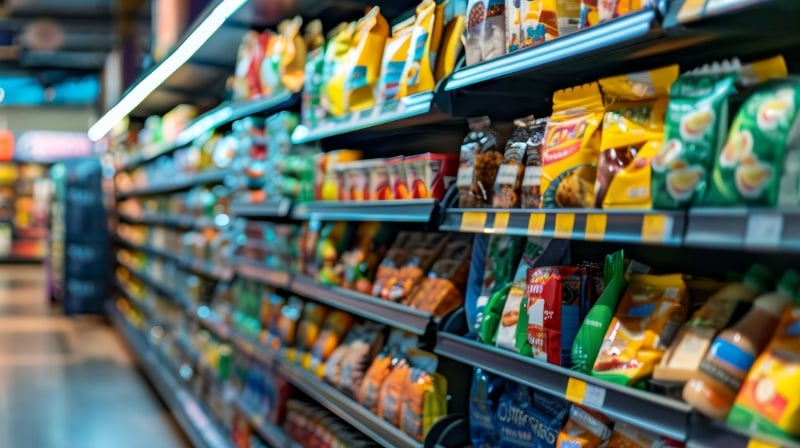
Why Choose CASSEL Inspection?
A global leader in inspection technology for over 30 years, CASSEL Inspection is the perfect resource for customized contaminant inspection solutions for snack food manufacturing.
CASSEL Inspection systems provide:
- Password-protected internet connections
- Secure internal control and monitoring systems
- Remote-access software to streamline technical support
- Reliable, durable systems that function continuously as designed
CASSEL Inspection metal detectors feature high stability performance and continuous self-balancing that eliminates the need for electronic balancing and ongoing troubleshooting, while proprietary XIA software and a touchscreen interface improve inspection quality, reduce false rejects, and facilitate documentation compliant with international safety and quality guidelines, including HACCP, IFS, BRC, and 21 CFR.
If you have questions about contaminant inspection for snack food applications, contact one of our technical experts today.





